
News Directory
- 1. Introduction to Roller Bearings
- 2. Types of Roller Bearings
- 3. Applications of Roller Bearings
- 4. Factors to Consider When Selecting Roller Bearings
- 5. Roller Bearing Materials
- 6. Installation and Maintenance of Roller Bearings
- 7. Common Roller Bearing Failures and Prevention
- 8. Emerging Trends in Roller Bearing Technology
- Conclusion
Roller Bearings: A Comprehensive Guide to Types, Applications, and Maintenance
1. Introduction to Roller Bearings
1.1 What are Roller Bearings?
A roller bearing is a type of rolling-element bearing that uses cylinders, cones, or spheres (rollers) to maintain separation between the moving parts of a machine. These bearings support rotating shafts and reduce friction. They are used in various mechanical applications, from car wheels to industrial machinery.
The main function of a roller bearing is to reduce rotational friction and support radial and axial loads. They accomplish this by allowing the rolling elements to roll between two rings or races, which allows the load to be transferred smoothly and with minimal friction. This design is highly effective at handling heavy loads.
1.2 Basic Components: Inner Race, Outer Race, Rolling Elements, Cage
Every roller bearing is composed of four main components that work together to enable smooth rotation and reduce friction:
| Component | Description |
|---|---|
| Inner Race | This ring fits tightly around the rotating shaft. It provides a raceway for the rolling elements to roll against. |
| Outer Race | This ring is stationary and fits into the housing of the application. It also provides a raceway for the rolling elements. |
| Rolling Elements | These are the rollers themselves. They can be cylinders, needles, cones, or spheres and are responsible for carrying the load. |
| Cage | The cage is a separator that keeps the rolling elements spaced evenly and prevents them from rubbing against each other. It also holds them in place when the bearing is being installed or removed. |
1.3 Function and Purpose
The primary purpose of a roller bearing is to reduce friction. Without bearings, the metal surfaces of a rotating shaft and its housing would rub directly against each other, causing heat, wear, and eventual failure. The rolling action of the rollers between the inner and outer races minimizes this friction, allowing for efficient and reliable operation.
Roller bearings are also designed to handle different types of loads:
- Radial loads are forces that are perpendicular to the shaft's axis. Think of the weight of a car pressing down on its wheels.
- Axial loads (or thrust loads) are forces that are parallel to the shaft's axis. An example would be the force pushing a propeller forward on a boat.
Different types of roller bearings are engineered to excel at handling specific types of loads, which is a key factor in selecting the right bearing for a given application.
2. Types of Roller Bearings
2.1 Cylindrical Roller Bearings
Cylindrical roller bearings use rollers that are shaped like cylinders. These rollers have a large surface area in contact with the raceways, which allows them to handle very high radial loads. They are not designed to handle significant axial loads. Different designs, such as those with flanges on the inner or outer race, can provide some axial location, but their primary strength is their radial load capacity.
-
2.1.1 Features and Benefits
- High Radial Load Capacity: The linear contact between the rollers and raceways enables them to support heavy loads perpendicular to the shaft.
- High Speed Capability: The design minimizes friction, allowing these bearings to operate at high speeds.
- Separable Components: The inner and outer rings can often be mounted separately, which simplifies installation and maintenance.
- Low Friction: Their design reduces friction, which helps to minimize heat generation and prolong bearing life.
-
2.1.2 Common Applications
- Industrial gearboxes
- Electric motors
- Pumps and compressors
- Rolling mills
2.2 Needle Roller Bearings
Needle roller bearings are a type of cylindrical roller bearing, but with rollers that are much longer relative to their diameter. These "needle" rollers give the bearing a very low cross-section, making them ideal for applications where space is limited. They offer a high load capacity for their size.
-
2.2.1 Features and Benefits
- Compact Design: The small radial cross-section is perfect for applications with limited space.
- High Load Capacity: Despite their small size, the large number of needle rollers provides a high load-carrying ability.
- Cost-Effective: They are generally more economical than other bearing types with similar load capacities.
-
2.2.2 Common Applications
- Automotive transmissions
- Air conditioning compressors
- Power tools
- Pivoting components in industrial machinery
2.3 Tapered Roller Bearings
Tapered roller bearings feature rollers and raceways that are shaped like cones. This unique geometry allows them to handle both heavy radial loads and significant axial (thrust) loads. This capability makes them exceptionally versatile.
-
2.3.1 Features and Benefits
- High Radial and Axial Load Capacity: The conical design effectively distributes forces, enabling the bearing to support loads from both directions.
- Adjustable Clearance: The bearing can be adjusted during installation to achieve the desired running clearance.
- Stiff and Durable: The design provides a rigid support system that can withstand demanding conditions.
-
2.3.2 Common Applications
- Vehicle wheel hubs
- Industrial gear drives
- Agricultural machinery
- Mining equipment
2.4 Spherical Roller Bearings
Spherical roller bearings are a self-aligning bearing type with two rows of rollers. The outer ring has a single spherical raceway, allowing the inner ring and rollers to pivot and accommodate angular misalignment between the shaft and the housing. This feature makes them highly tolerant of bending shafts or housing deformation.
-
2.4.1 Features and Benefits
- Self-Aligning Capability: They can handle misalignment of the shaft without causing stress on the bearing.
- Very High Load Capacity: They are designed to support extremely heavy radial and some axial loads.
- Robust and Reliable: The dual-row design makes them durable and suitable for harsh operating environments.
-
2.4.2 Common Applications
- Mining and construction equipment
- Wind turbines
- Papermaking machines
- Vibrating screens
2.5 Thrust Roller Bearings
Thrust roller bearings are specifically designed to handle high axial loads, with very little or no radial load capacity. They consist of a shaft washer, a housing washer, and a cage assembly containing rollers.
-
2.5.1 Features and Benefits
- Exceptional Axial Load Capacity: They are the optimal choice for applications where the primary force is parallel to the shaft.
- High Stiffness: They provide rigid support for thrust loads, preventing axial movement.
- Compact Design: The low height of these bearings allows for space-saving in certain applications.
-
2.5.2 Common Applications
- Gearboxes
- Extruders
- Crane hooks
- Screw drives
3. Applications of Roller Bearings
3.1 Automotive Industry
The automotive industry is a major user of roller bearings, where they are critical for ensuring safety, efficiency, and reliability. They are found throughout a vehicle, from the engine to the wheels.
| Component | Bearing Type | Function |
|---|---|---|
| Wheel Hubs | Tapered roller bearings | Support the weight of the vehicle and allow the wheels to rotate smoothly. |
| Transmissions | Cylindrical and needle roller bearings | Enable gears to turn with minimal friction, ensuring smooth shifting. |
| Driveshafts | Needle roller bearings | Support the driveshaft and reduce friction in universal joints. |
| Engine Components | Various types | Used in timing belts, pulleys, and water pumps to ensure smooth, efficient operation. |
3.2 Aerospace Industry
In the aerospace industry, roller bearings are designed to meet extremely high standards for reliability and performance under demanding conditions, including high speeds and extreme temperatures.
- Aircraft Engines: Bearings in jet engines must withstand immense rotational speeds and temperatures. Specialized cylindrical and spherical roller bearings are used in the main shafts to support the rotating components.
- Landing Gear: Tapered and cylindrical roller bearings are used in the landing gear to handle the heavy impact loads during takeoff and landing.
- Flight Control Systems: Small, precise roller bearings are used in actuators and control surfaces to ensure smooth and reliable movement.
3.3 Industrial Machinery
Industrial machinery relies heavily on roller bearings for smooth and efficient operation. They are essential for a wide range of equipment, from simple electric motors to complex manufacturing systems.
| Machine | Bearing Type | Function |
|---|---|---|
| Gearboxes | Cylindrical, tapered, and spherical roller bearings | Transmit power and reduce friction in heavy-duty gear systems. |
| Pumps and Compressors | Cylindrical and spherical roller bearings | Support rotating shafts and handle both radial and axial loads. |
| Conveyor Systems | Spherical roller bearings | Allow the conveyor rollers to handle heavy loads and misalignment. |
| Rolling Mills | Spherical roller bearings | Withstand the very high radial loads and shock from the rolling process. |
3.4 Other Applications
The versatility of roller bearings extends to many other industries and everyday items.
- Wind Turbines: Spherical roller bearings are used in the main shafts of wind turbines to support massive loads and handle shaft misalignment.
- Mining and Construction: Heavy-duty equipment like excavators, crushers, and drills use spherical and tapered roller bearings to withstand harsh, high-load environments.
- Agriculture: Tractors, combines, and other farm equipment use various types of roller bearings to handle the demanding loads and dirt-filled conditions of fieldwork.
- Household Appliances: Smaller roller bearings can be found in washing machines, dryers, and power tools to ensure smooth and quiet operation.
4. Factors to Consider When Selecting Roller Bearings
Selecting the correct roller bearing is crucial for the reliability, longevity, and performance of any mechanical system. A careful evaluation of the operating conditions and application requirements is essential.
4.1 Load Capacity (Radial and Axial)
One of the most important factors is the type and magnitude of the load the bearing will need to support.
- Radial Load: This is a force that acts perpendicularly to the shaft. For applications with primarily radial loads, cylindrical and spherical roller bearings are excellent choices due to their high radial load capacity.
- Axial Load: This is a force that acts parallel to the shaft. For pure thrust applications, thrust roller bearings are the optimal solution. When an application has both significant radial and axial loads, tapered or spherical roller bearings are often the best fit.
4.2 Speed Requirements
The operating speed of the application is another critical factor. Higher speeds generate more heat and can lead to increased friction.
- High-Speed Applications: For systems that require high rotational speeds, bearings with low friction designs, such as cylindrical roller bearings, are preferred.
- Low-Speed Applications: In contrast, for low-speed, heavy-load applications, bearings with a larger contact area like tapered roller bearings are often more suitable.
4.3 Operating Temperature
The temperature of the operating environment can significantly impact a bearing's performance and lifespan.
- Heat Generation: High temperatures can break down the lubricant and cause the bearing components to expand, affecting the internal clearance.
- Material Selection: For extreme temperatures, special materials like ceramic or high-temperature steels might be required. Standard steel bearings are suitable for a wide range of common temperatures.
4.4 Lubrication Requirements
Proper lubrication is vital for reducing friction, preventing wear, and dissipating heat.
- Grease vs. Oil: The choice between grease and oil depends on the application's speed, temperature, and sealing requirements. Grease is often used in sealed bearings for its convenience, while oil is preferred for high-speed or high-temperature applications where better cooling is needed.
- Lubricant Type: The type of lubricant must be compatible with the bearing's material and the operating environment.
4.5 Environmental Conditions
The environment in which the bearing operates can pose unique challenges.
| Environmental Factor | Consideration | Recommended Bearing Features |
|---|---|---|
| Contaminants | Dust, dirt, moisture, and other particles can damage the raceways and rollers. | Sealed or shielded bearings, robust sealing arrangements. |
| Corrosion | Exposure to water, chemicals, or saltwater can cause rust and premature failure. | Stainless steel bearings, special coatings, and appropriate lubricants. |
| Vibration and Shock | High vibration and impact loads can cause brinelling (indentations) on the raceways. | Bearings with high dynamic load ratings, such as spherical roller bearings. |
5. Roller Bearing Materials
The material used to make roller bearings is a primary determinant of their performance, durability, and suitability for specific applications. The choice of material impacts factors such as load capacity, speed, temperature resistance, and corrosion resistance.
5.1 Steel
Steel is the most common and widely used material for roller bearings due to its excellent balance of strength, hardness, and cost-effectiveness.
- Chrome Steel (SAE 52100): This is the industry standard for precision bearings. It offers high hardness, excellent fatigue resistance, and good wear resistance. It is used for the inner and outer rings and the rolling elements in most standard applications.
- Stainless Steel (e.g., AISI 440C): Stainless steel is used when corrosion resistance is required. While it may not have the same hardness and load capacity as chrome steel, it is essential for applications in wet or corrosive environments.
| Steel Type | Key Features | Typical Applications |
|---|---|---|
| Chrome Steel | High hardness, superior fatigue resistance, wear-resistant | Automotive, industrial machinery, gearboxes |
| Stainless Steel | Corrosion resistance, moderate hardness | Food and beverage, medical equipment, marine applications |
5.2 Ceramic
Ceramic materials, particularly silicon nitride ($Si_3N_4$), are increasingly used in high-performance and specialty bearings. Ceramic bearings are often referred to as "hybrid" bearings when they have ceramic rolling elements and steel rings.
- Features and Benefits:
- Lighter Weight: Ceramic is significantly lighter than steel, which reduces centrifugal forces and allows for higher speeds.
- Higher Hardness: Ceramic is much harder than steel, providing superior wear resistance and a longer lifespan.
- Corrosion Resistance: It is highly resistant to chemical corrosion and rust.
- Electrical Insulation: Ceramic is non-conductive, making it ideal for applications where stray electrical currents are a concern, such as in electric motors and generators.
- Higher Temperature Resistance: Ceramic can withstand much higher temperatures than steel without losing its mechanical properties.
5.3 Plastics
Plastics, or polymers, are used for bearing components in applications where traditional steel bearings are not suitable. They are typically used for cages or in some cases, for the entire bearing.
- Features and Benefits:
- Corrosion Resistance: Plastic is inherently resistant to rust and many chemicals, making it suitable for food processing or medical environments.
- Light Weight: Plastic components are very light, reducing the overall weight of the assembly.
- Self-Lubrication: Some engineered plastics have self-lubricating properties, which can reduce or eliminate the need for external lubricants in certain low-load, low-speed applications.
- Noise Reduction: Plastic components can help to dampen noise and vibration.
- Non-Magnetic: They are non-magnetic, which is important for sensitive electronic equipment.
While plastic bearings have lower load and speed capacities than steel or ceramic, their unique properties make them indispensable in specialized fields.
6. Installation and Maintenance of Roller Bearings
Proper installation and ongoing maintenance are just as important as selecting the right bearing. Incorrect practices can lead to premature failure, even with the highest quality components. Following best practices ensures maximum lifespan and performance.
6.1 Proper Installation Techniques
Correct installation is the first and most critical step. Errors during this phase can cause damage that is not immediately visible but will lead to early bearing failure.
- Cleanliness is Key: The work area and all tools must be clean. Even a small amount of dirt or debris can contaminate the bearing and cause damage.
- Use the Right Tools: Never use a hammer or other blunt force directly on a bearing's inner or outer race. This can cause brinelling (indentations) or crack the rings. Use a proper bearing heater or hydraulic press for mounting.
- Correct Fit: Ensure the shaft and housing have the correct tolerances. An interference fit is often required for the rotating ring, while the stationary ring typically has a looser fit.
| Installation Method | Description | When to Use |
|---|---|---|
| Mechanical Mounting | Using a press to apply even, steady pressure to the fitted ring. | Small to medium-sized bearings where access is easy. |
| Heater Mounting | Heating the bearing to expand the inner ring, allowing it to slide onto the shaft. | Medium to large-sized bearings; prevents damage from force. |
| Hydraulic Mounting | Using oil injection to create a thin film between the bearing and shaft. | Large bearings with a very tight fit; provides a safe and easy installation. |
6.2 Lubrication Best Practices
Lubrication is the lifeblood of a bearing. The right lubricant, applied correctly and at the right intervals, prevents metal-to-metal contact, reduces friction, and dissipates heat.
- Choose the Right Lubricant: Select a grease or oil that matches the bearing type, speed, temperature, and load requirements.
- Apply the Correct Amount: Over-lubrication can cause excessive heat and force seals to fail, while under-lubrication leads to increased friction and wear. Follow the manufacturer's recommendations.
- Regular Re-lubrication: Establish a regular lubrication schedule. The frequency depends on factors like operating speed, temperature, and environmental conditions.
6.3 Cleaning and Inspection
Regular cleaning and inspection help identify potential issues before they cause catastrophic failure.
- Cleaning: If a bearing is to be re-used, it should be thoroughly cleaned with an appropriate solvent to remove old lubricant and contaminants.
- Inspection: Visually inspect the bearing for signs of wear, discoloration, or damage. Look for surface flaking, pitting, or rust. A healthy bearing will have a smooth, polished finish on its races and rollers. If any damage is found, the bearing should be replaced.
- Check Seals: Inspect the seals for any signs of cracking or damage, as compromised seals can allow contaminants to enter and lubricant to escape.
7. Common Roller Bearing Failures and Prevention
Understanding the causes of bearing failure is key to extending the life of machinery and preventing costly downtime. Most bearing failures are not due to manufacturing defects but rather a result of improper handling, installation, or maintenance.
7.1 Causes of Bearing Failure
Bearing failure can manifest in various ways, each with a distinct cause. Identifying the failure mode is the first step in prevention.
| Failure Mode | Appearance on Bearing | Primary Causes |
|---|---|---|
| Fatigue Flaking | Small pieces of material breaking away from the raceway or rollers. | Overloading, insufficient lubrication, improper fitting, or moisture contamination. |
| Brinelling | Indentations on the raceway, resembling a series of small dents. | Excessive static load or severe impact, often from improper installation (e.g., hammering the bearing into place). |
| Corrosion | Rust or discoloration on the bearing surfaces. | Exposure to moisture, water, or corrosive chemicals; a result of poor sealing or improper storage. |
| Excessive Wear | Worn-down or polished surfaces on the raceways and rollers. | Abrasive contaminants like dust or dirt entering the bearing; insufficient lubrication. |
| Overheating | Discoloration (blue or bronze color) on the rings or rolling elements. | Insufficient lubrication, excessive speed, or an overload condition. |
| Cage Damage | Deformed, broken, or cracked cage. | Excessive vibration, improper mounting, or insufficient lubrication. |
7.2 Preventative Measures
Preventing bearing failure is a proactive process that involves careful attention at every stage, from selection to disposal.
-
Proper Selection and Installation:
- Choose the Right Bearing: Ensure the selected bearing is suitable for the application's load, speed, and environmental conditions.
- Use Correct Tools: Always use specialized tools for mounting and dismounting to avoid damaging the bearing components.
- Maintain a Clean Environment: Perform all bearing handling in a clean, dust-free area to prevent contamination.
-
Effective Lubrication:
- Use the Correct Lubricant: Follow the manufacturer's recommendations for lubricant type.
- Lubricate Correctly: Apply the correct amount of lubricant at the right intervals. Avoid both over- and under-lubrication.
- Protect the Lubricant: Ensure seals are in good condition to keep contaminants out and lubricant in.
-
Regular Inspection and Monitoring:
- Visual Checks: Periodically inspect bearings for signs of corrosion, wear, or overheating.
- Condition Monitoring: Use modern technologies like vibration analysis, acoustic emission monitoring, or temperature monitoring to detect early signs of a problem. These methods can often identify a potential failure long before it becomes catastrophic.
By focusing on these preventative measures, manufacturers and maintenance professionals can significantly extend the operational life of roller bearings and improve the reliability of their equipment.
8. Emerging Trends in Roller Bearing Technology
The roller bearing industry is continuously evolving, driven by the demand for higher efficiency, increased reliability, and a deeper understanding of machinery performance. These emerging trends are shaping the future of mechanical systems.
8.1 Smart Bearings
Smart bearings are an exciting development that integrates sensors directly into the bearing itself. These sensors can monitor various operating conditions in real time, providing a wealth of data that was previously difficult to obtain.
- Key Functions:
- Condition Monitoring: Sensors can track critical parameters such as temperature, vibration, rotational speed, and load.
- Data Transmission: The data is then wirelessly transmitted to a central control system or cloud-based platform for analysis.
- Predictive Maintenance: By analyzing this data, maintenance teams can identify early signs of wear or damage and schedule maintenance before a failure occurs.
8.2 Advanced Materials
Innovations in material science are pushing the boundaries of what bearings can achieve. While steel remains the standard, new materials and treatments are being developed to meet specific, high-demand applications.
- Ceramic Hybrids: Bearings with steel rings and ceramic rolling elements (hybrid bearings) are becoming more common. They offer the best of both worlds: the strength of steel with the high-speed, low-friction, and electrical insulation properties of ceramic.
- New Coatings: Advanced coatings are being applied to bearing surfaces to improve corrosion resistance, reduce friction, and extend lifespan in challenging environments.
- Lighter and Stronger Alloys: Research into new steel alloys and heat treatments is aimed at creating bearings that can handle even higher loads and operate at faster speeds with less friction and a longer fatigue life.
8.3 Predictive Maintenance
Predictive maintenance is a strategy that uses data to predict when equipment will fail, allowing for maintenance to be scheduled proactively. This is a significant shift from traditional preventative maintenance, which relies on fixed schedules. Roller bearings are a perfect candidate for this approach.
| Traditional Maintenance (Preventative) | Predictive Maintenance |
|---|---|
| Based on fixed time intervals or usage hours. | Based on real-time data and condition monitoring. |
| Can result in replacing components that are still functional. | Replaces components only when they show signs of impending failure. |
| Can lead to unexpected failures if a problem develops between maintenance cycles. | Aims to eliminate unexpected downtime by identifying issues early. |
By combining smart bearing technology with predictive maintenance strategies, companies can reduce unplanned downtime, optimize maintenance schedules, and significantly lower overall operating costs. This integrated approach represents a major leap forward in reliability and efficiency for all types of industrial machinery.
Conclusion
In this comprehensive guide, we've explored the fundamental role of roller bearings in modern machinery, from their basic components to their diverse applications and future outlook.
We began by defining roller bearings as essential components for reducing friction and supporting loads in rotating equipment. We then delved into the major types, including cylindrical, needle, tapered, spherical, and thrust roller bearings, highlighting how each is uniquely engineered to handle specific load types and operating conditions. From the heavy radial loads in rolling mills to the combined radial and axial forces in automotive wheel hubs, the right bearing choice is critical for performance.
We also examined the key factors in selecting a bearing, such as load capacity, speed, temperature, and environmental conditions, as well as the importance of materials like steel, ceramic, and plastics. A crucial part of this guide focused on the importance of proper installation and maintenance, emphasizing that correct handling and lubrication are the most effective ways to prevent common failures caused by fatigue, wear, and contamination.
Looking ahead, the future of roller bearings is being shaped by exciting innovations. The rise of smart bearings with integrated sensors is enabling predictive maintenance, allowing us to move beyond reactive repairs to a more proactive, data-driven approach. This shift, combined with advancements in materials science, promises to make machinery even more reliable, efficient, and sustainable.
Ultimately, roller bearings are far more than simple mechanical parts. They are precision-engineered components that are vital to the smooth and efficient operation of countless machines, and their ongoing evolution ensures they will continue to be a cornerstone of industrial technology for years to come.



 English
English 中文简体
中文简体 عربى
عربى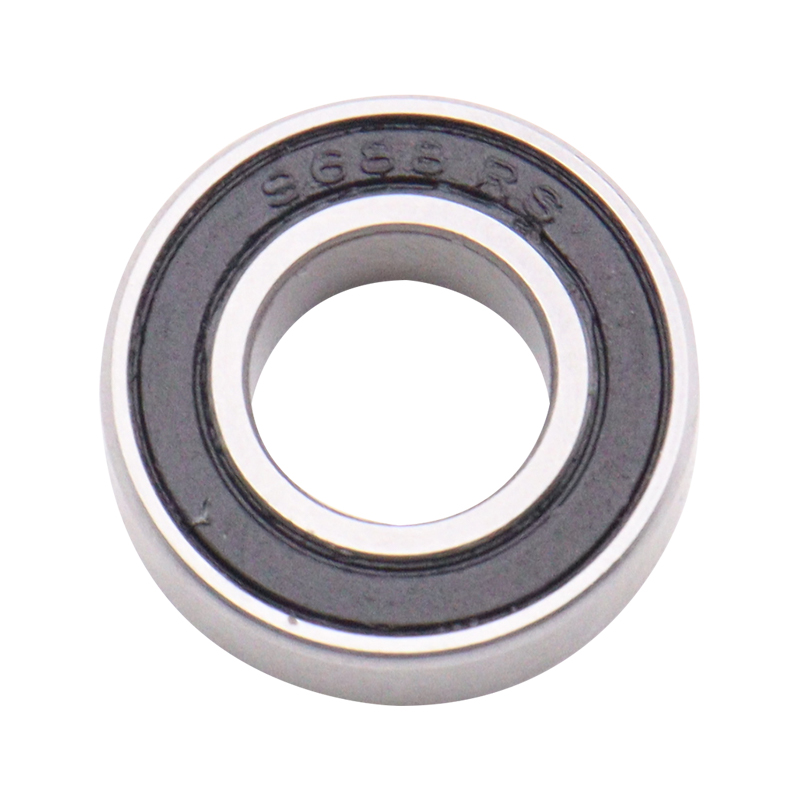
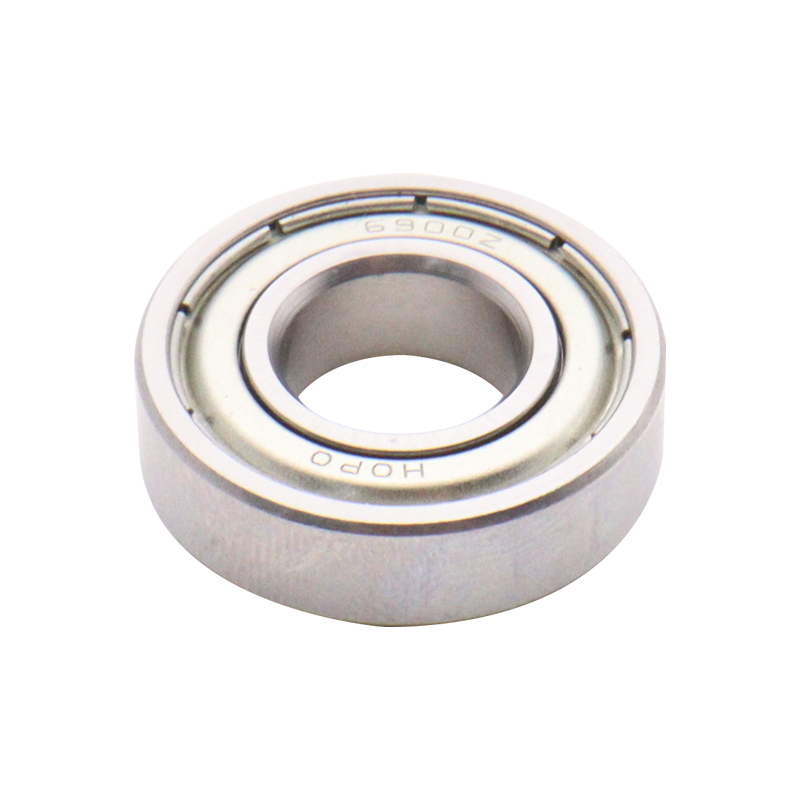
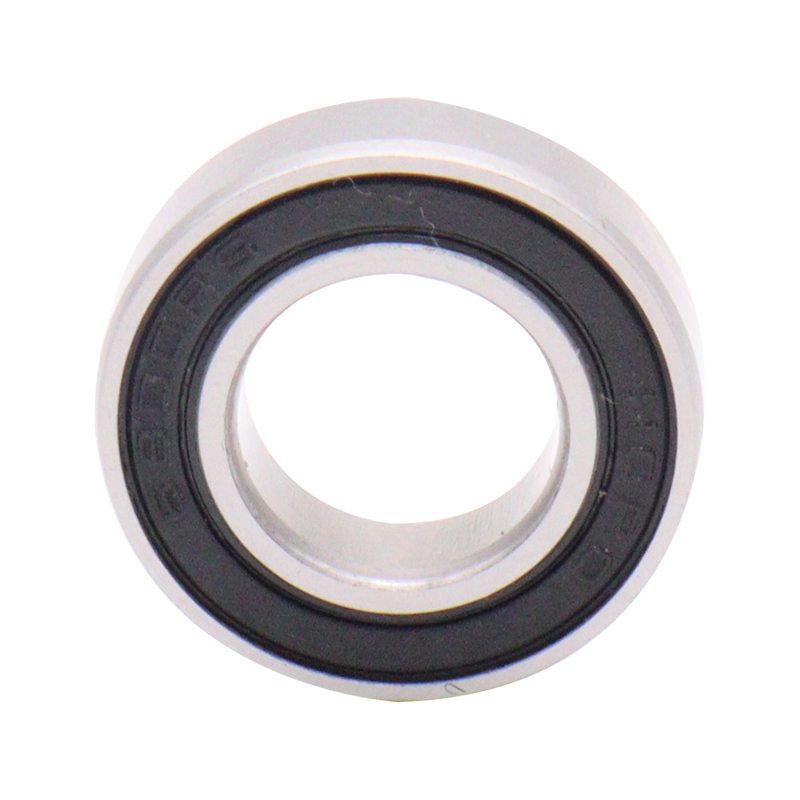
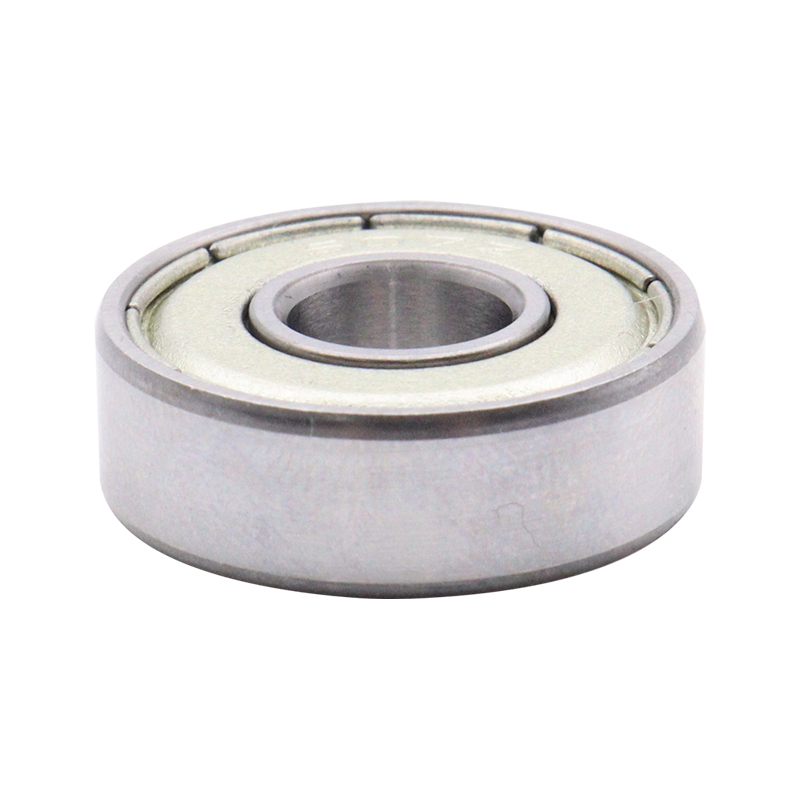
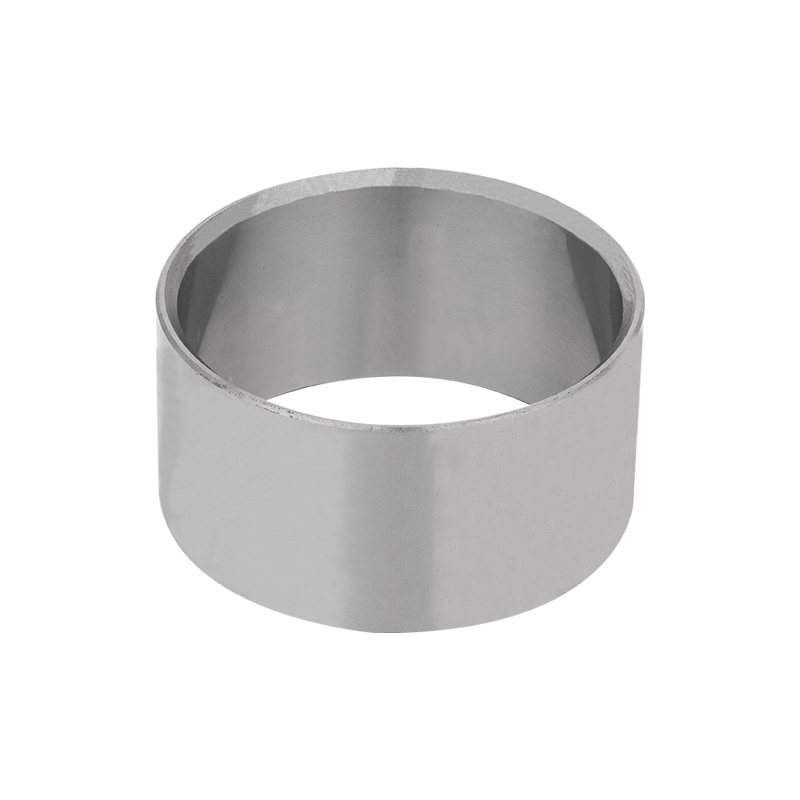
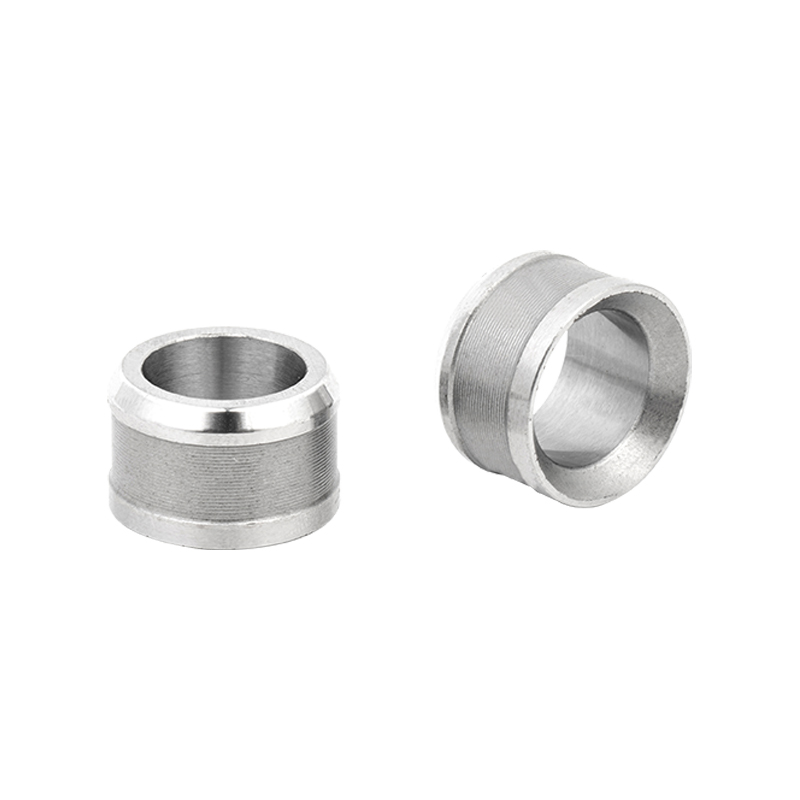
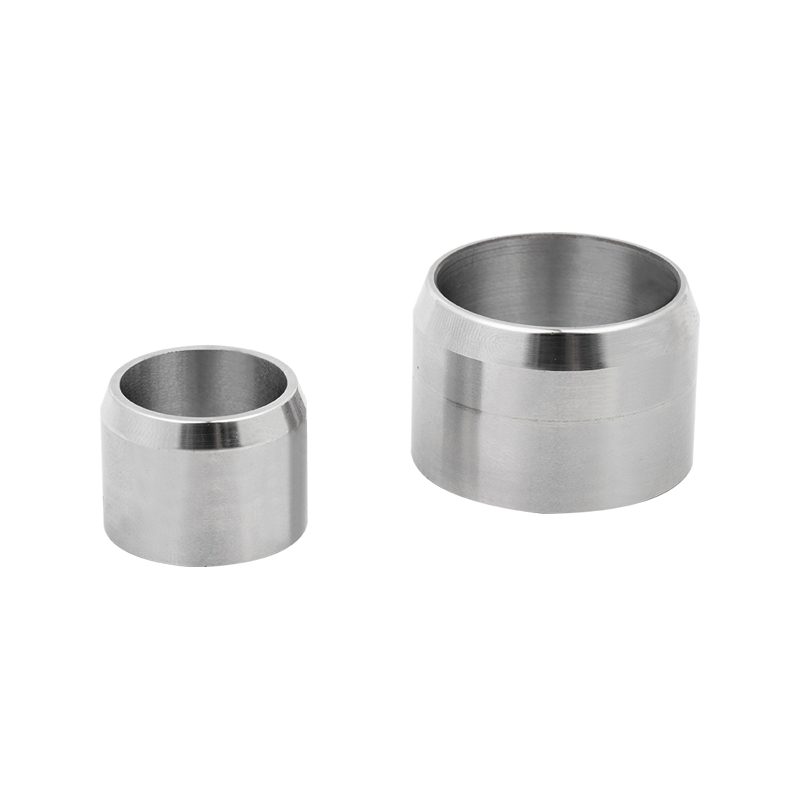
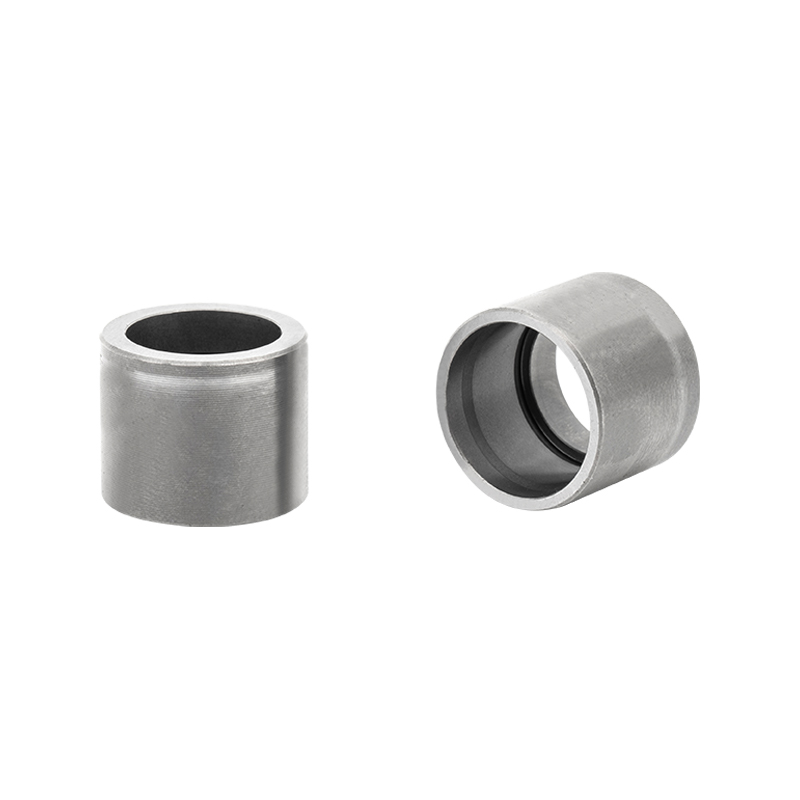
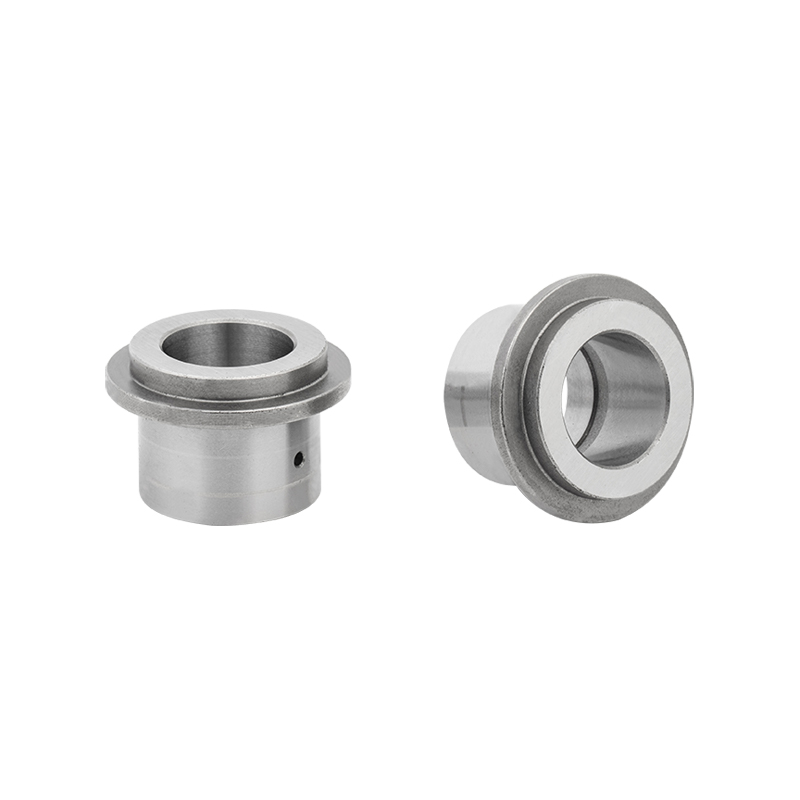

 Download Catalog
Download Catalog
